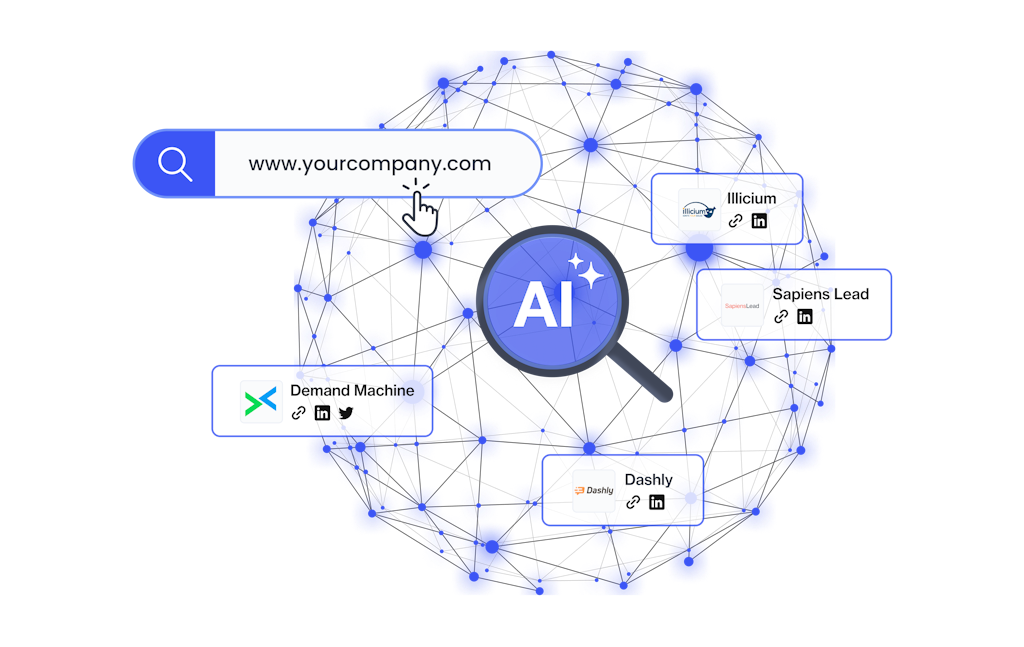Differences Between
Prospects Vs
Leads
Differences Between Prospects Vs Leads
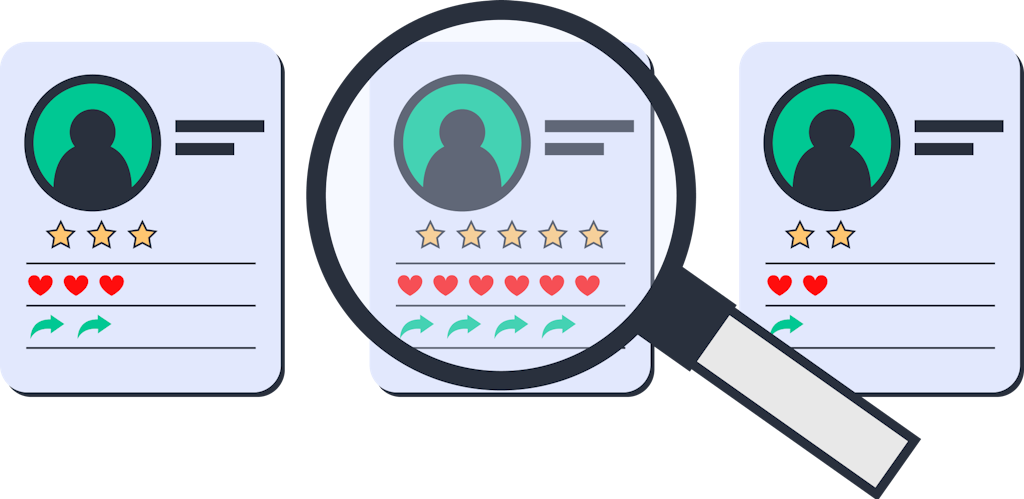
In B2B lead generation, success hinges on a clear understanding of the different stages in the sales funnel. Prospects and leads may seem interchangeable, but they have distinct roles in identifying and converting potential customers.
Prospects represent the broader pool of potential customers, while leads are the subset actively expressing interest and intent to engage with your business. We aim to highlight the distinctions between prospects and leads in B2B lead generation.
Understanding these differences is essential for crafting effective strategies and nurturing valuable relationships with potential clients.
Understanding Prospects: Potential and Possibilities
Understanding Prospects: Potential and Possibilities
Prospects represent people initially interested in your products or services. Curiosity and receptiveness characterize prospects. They may have stumbled upon your website, encountered your content by chance, or engaged with your social media presence.
At this stage, prospects may not have expressed a clear intent to make a purchase, but they hold the potential to evolve into valuable leads. To effectively nurture and convert prospects into leads, recognize their defining characteristics:
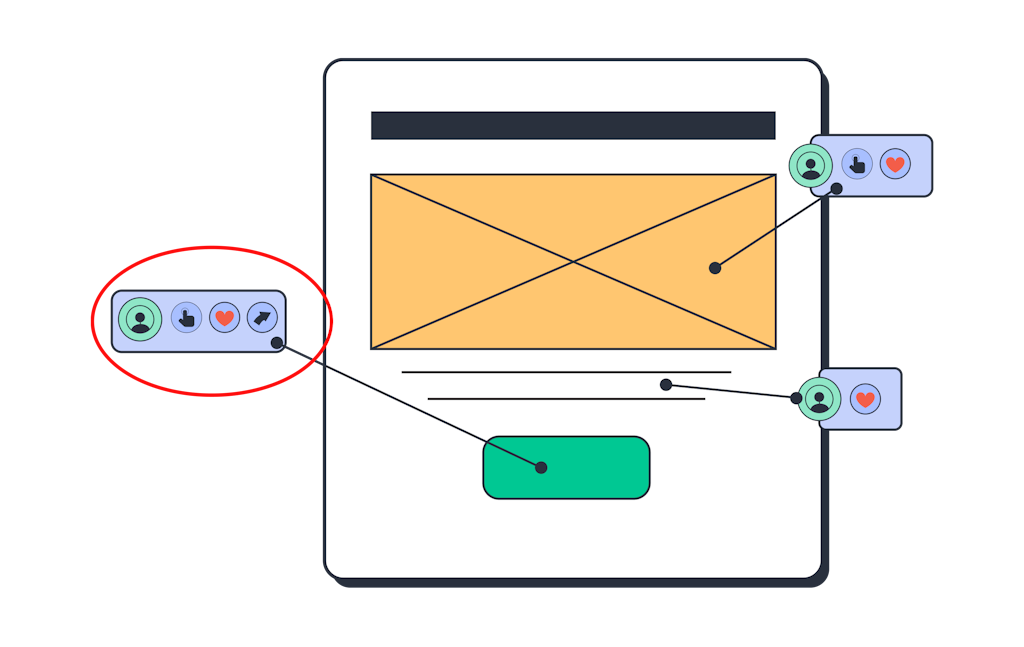
General interest
General interest
Prospects are generally interested in your industry, products, or services. This interest, though broad, provides a foundation for potential engagement.
Limited information
Limited information
Prospects may have visited your website anonymously or engaged with your content without revealing their identity, giving you scarce data to work with for personalized marketing.
Exploratory behavior
Exploratory behavior
Prospects are curious about your business's offers, but may not have a pressing need or immediate purchase intent. This phase calls for a softer approach focused on education and awareness-building.
Some nurturing strategies for prospects include email and content marketing, social media engagement, webinars and events, personalization, and educational approaches.
Defining Prospects
Defining Prospects
Prospects are individuals or businesses with a preliminary interest in your products, services, or industry. This interest may manifest in various ways:
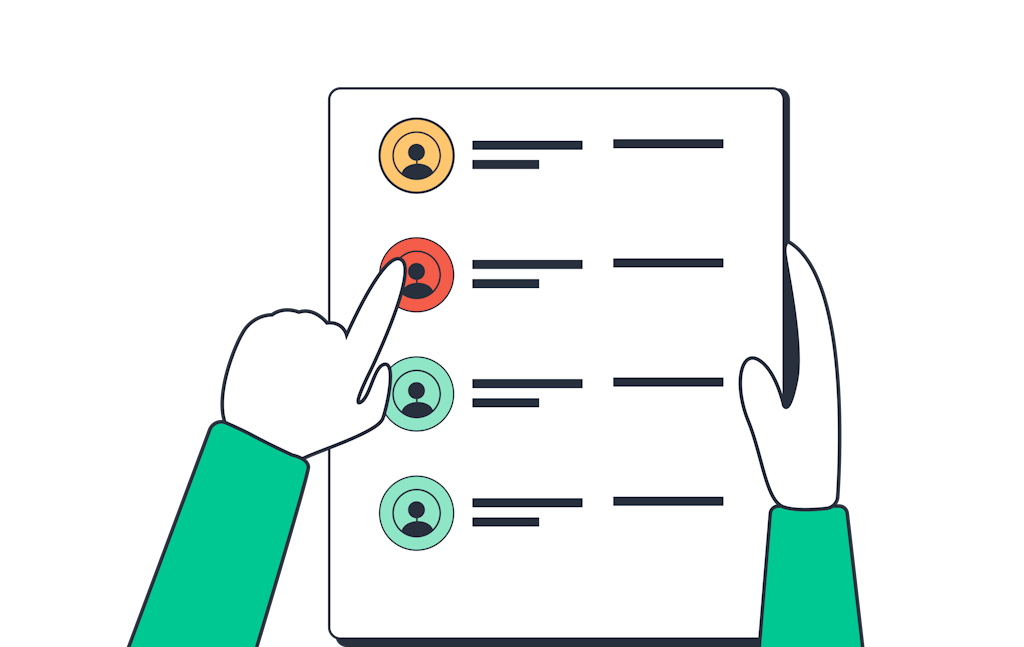
Website visits
Website visits
Prospects might have visited your website, browsing through your offerings or exploring your content.
Content engagement
Content engagement
When prospects read, share, comment on, or like your content, they signal engagement with your brand.
Social media interaction
Social media interaction
Following, sharing, or commenting on your social media updates shows prospects are interested in staying connected with your brand and industry updates.
Event attendance
Event attendance
Attending webinars, seminars, or industry events hosted by your business or related organizations is a tangible demonstration of interest.
However, their engagement remains limited due to anonymous interactions, general awareness of your industry, lack of clear intent, and exploratory mindset.
See the magic for yourself
See the magic for yourself
Why waste time on prospects that don't convert?
Get a free trial or book a personalized demo.
Start Now Why waste time on prospects that don't convert?
Get a free trial or book a personalized demo.
Free Trial
Dedicated CSM
Global Coverage
GDPR compliant
Identifying Characteristics
Identifying Characteristics
One key characteristic that distinguishes prospects from leads is their level of interest. Prospects display a general interest in your industry, products, or services. This interest is often broad, driven by a curiosity about potential solutions to their business challenges.
In addition, prospects engage with your brand at a relatively shallow level. While they may visit your website, read your content, or follow your social media updates, their interaction remains surface-level.
On the other hand, prospects may exhibit a more specific and focused interest. They have taken actions demonstrating their intent to engage with your business. Prospects might also engage with your business more directly and purposefully. They will take specific actions that signify a higher level of engagement and intent.
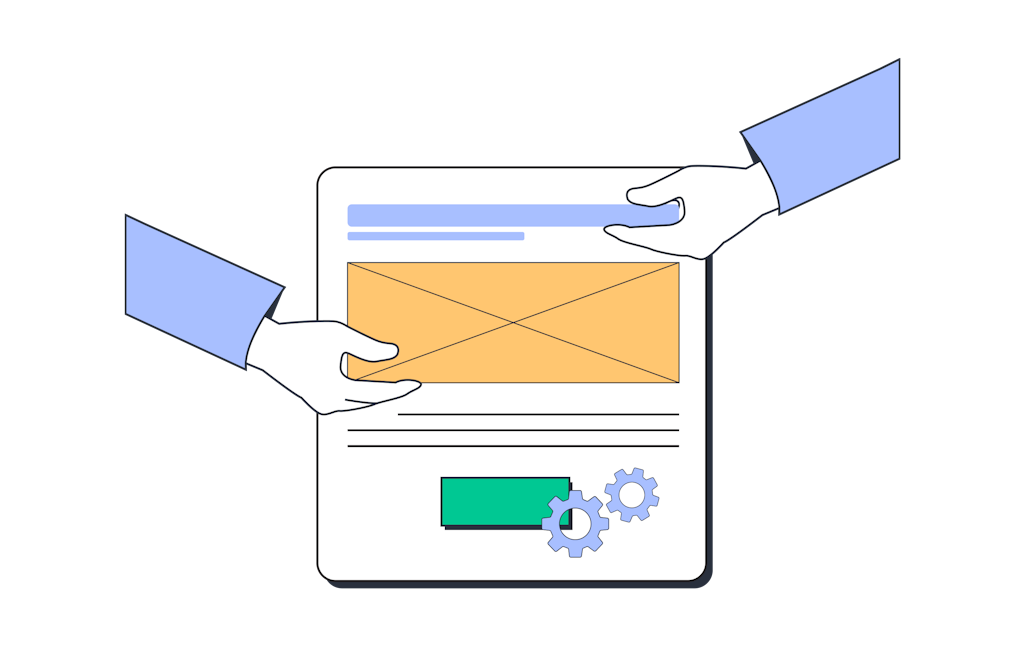
Nurturing Strategies
Nurturing prospects is a delicate process involving gradual guidance through the conversion funnel. To effectively nurture prospects;
Content customization
Content customization
Tailor your content to match the prospect's stage in the buyer's journey. As they progress, offer more in-depth content such as case studies, product demos, and success stories.
Knowledge base and FAQs
Knowledge base and FAQs
Maintain a detailed knowledge base on your website, complete with frequently asked questions (FAQs) and how-to guides. This self-service resource can be a valuable tool for prospects seeking information.
Effective nurturing accelerates conversion, builds trust, and fosters long-term customer relationships.
Understanding Leads: Transitioning from Interest to Action
Understanding Leads: Transitioning from Interest to Action
Leads are customers who have progressed beyond the initial stage of general interest. They have taken specific actions that qualify them as active prospects. These actions may include filling out contact forms, requesting product information, or expressing a direct interest in engaging with your business.
What sets leads apart from prospects is their level of engagement. Leads actively engage with your brand, signaling a higher degree of intent and interest. The conversion path for leads is shorter compared to prospects. They require less nurturing and education, as they have already moved beyond the exploratory phase and are actively considering their options.
01.
Lead Qualification
02.
Active Engagement
03.
Conversion Potential
1. Lead Qualification
Lead qualification evaluates and categorizes potential prospects based on their level of interest, engagement, and intent. Leads exhibit a higher level of specificity in their interest.
Unlike prospects, they have moved beyond exploring general information and are interested in particular solutions or aspects of your offerings. An essential aspect of lead qualification is examining the interaction history of individuals or businesses with your brand.
Leads have a more extensive and meaningful interaction history, indicating their active engagement and intent. They have also taken actions like filling out contact forms, downloading product brochures, requesting quotes, participating in webinars, attending events, or interacting with your sales and marketing teams.
2. Active Engagement
One of the indicators of active engagement is how promptly and eagerly a prospect responds to your outreach efforts. Leads are likely to acknowledge and respond to your emails, calls, or other forms of communication.
Leads engage in two-way communication with your sales and marketing teams. They participate in discussions, ask questions, seek clarification, and express interest in learning more about your products or services.
They are also more likely to inquire about your products or services. Leads may seek detailed information, request quotations, or desire a personalized consultation. These inquiries demonstrate their active involvement in the decision-making process.
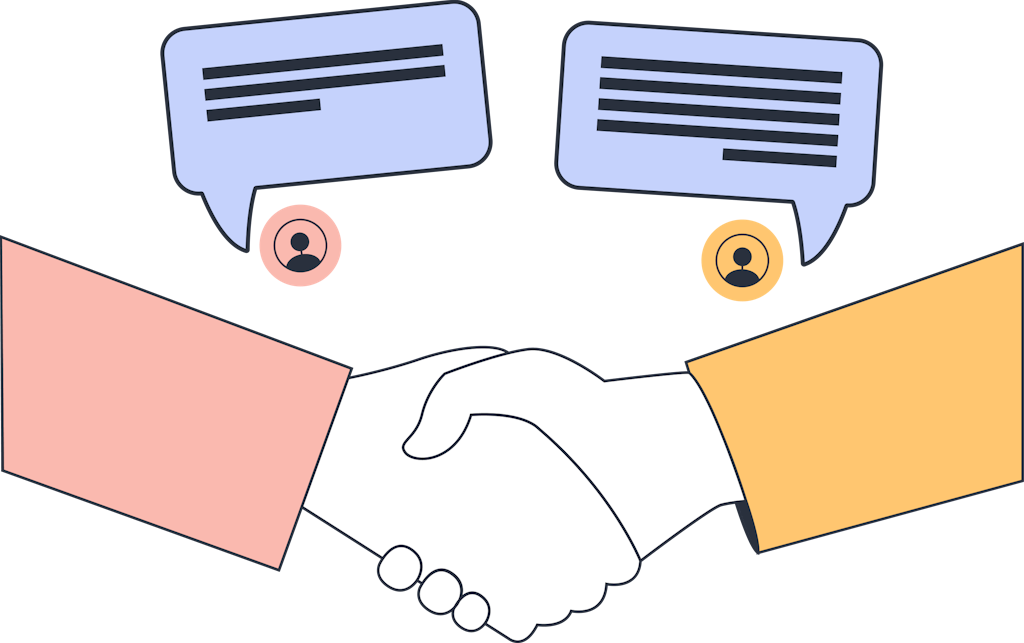
3. Conversion Potential
Leads express their interest in your products or services. They may actively seek information on how your offerings can address their specific pain points and requirements. Some provide strong purchase signals, indicating a high likelihood of conversion
These signals may include initiating trials, submitting formal proposals, or discussing contract terms and agreements.
In addition, leads are engaged in comparative evaluations. They assess your offerings alongside those of competitors, seeking to determine which solution aligns best with their objectives and budget.
See the magic for yourself
See the magic for yourself
Why waste time on prospects that don't convert?
Get a free trial or book a personalized demo.
Start Now Why waste time on prospects that don't convert?
Get a free trial or book a personalized demo.
Free Trial
Dedicated CSM
Global Coverage
GDPR compliant
Harnessing the Power of Insights: Prospects and Leads in Your Strategy
Harnessing the Power of Insights: Prospects and Leads in Your Strategy
For leads, address their pain points, highlight the benefits that resonate with their needs, and provide tailored solutions. Prospects are still in the exploratory phase and can benefit from an educational approach. Craft content and messaging that provides valuable insights and information relevant to their industry challenges.
Focus your efforts on leads who are actively interested and ready to move forward, increasing your chances of successful conversions. As for the prospects, invest in content marketing, social media engagement, and lead nurturing campaigns to guide them through the buyer's journey.
Leads follow shorter conversion paths. Ensure that calls to action are clear and provide easy access to additional information or contact options. For prospects, consider implementing lead nurturing programs. These programs should focus on providing value, building trust, and creating a path for prospects to express their interest more definitively.
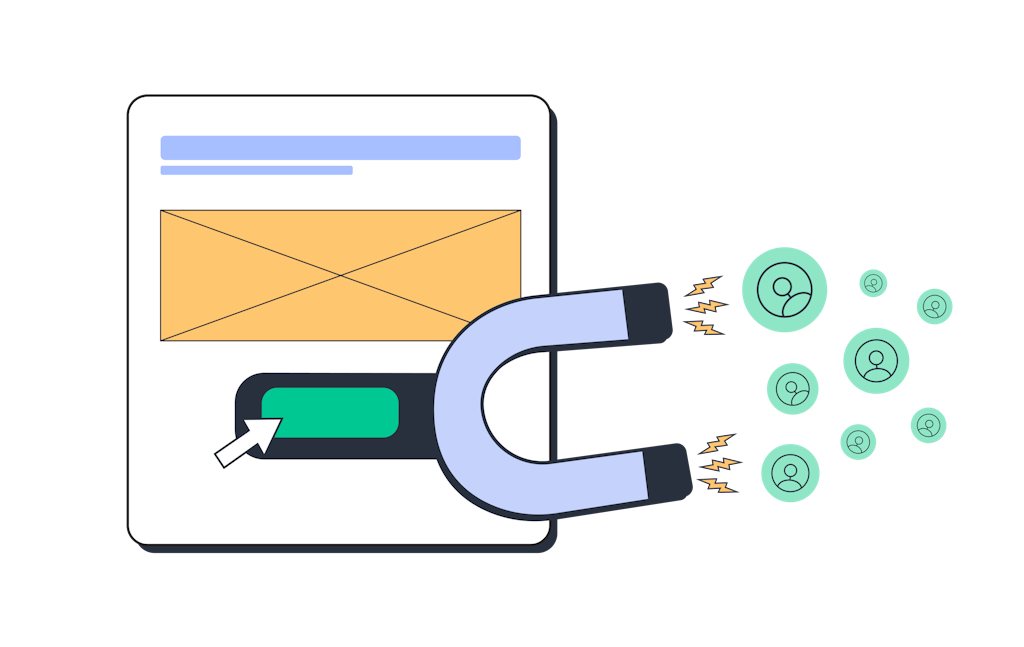
Leverage Ocean.io for B2B Growth
Leverage Ocean.io for B2B Growth
Ocean.io specializes in cutting-edge solutions for account-based marketing (ABM) and lead generation. We provide comprehensive solutions for lead generation, including tailored messaging, precise targeting, conversion optimization, and efficient resource allocation. Contact us today to book a demo and elevate your lead generation efforts, converting prospects into loyal customers.

Transforming Marketing Through Data Intelligence
Transforming Marketing Through Data Intelligence
Ocean.io is a strategic ally for businesses looking to excel in Account-Based Marketing. ABM is a highly targeted approach, focusing on engaging specific high-value accounts rather than casting a wide net.
Discover the multiple ways data intelligence can unlock for your marketing efforts.
Start now Ocean.io is a strategic ally for businesses looking to excel in Account-Based Marketing. ABM is a highly targeted approach, focusing on engaging specific high-value accounts rather than casting a wide net.
Discover the multiple ways data intelligence can unlock for your marketing efforts.
